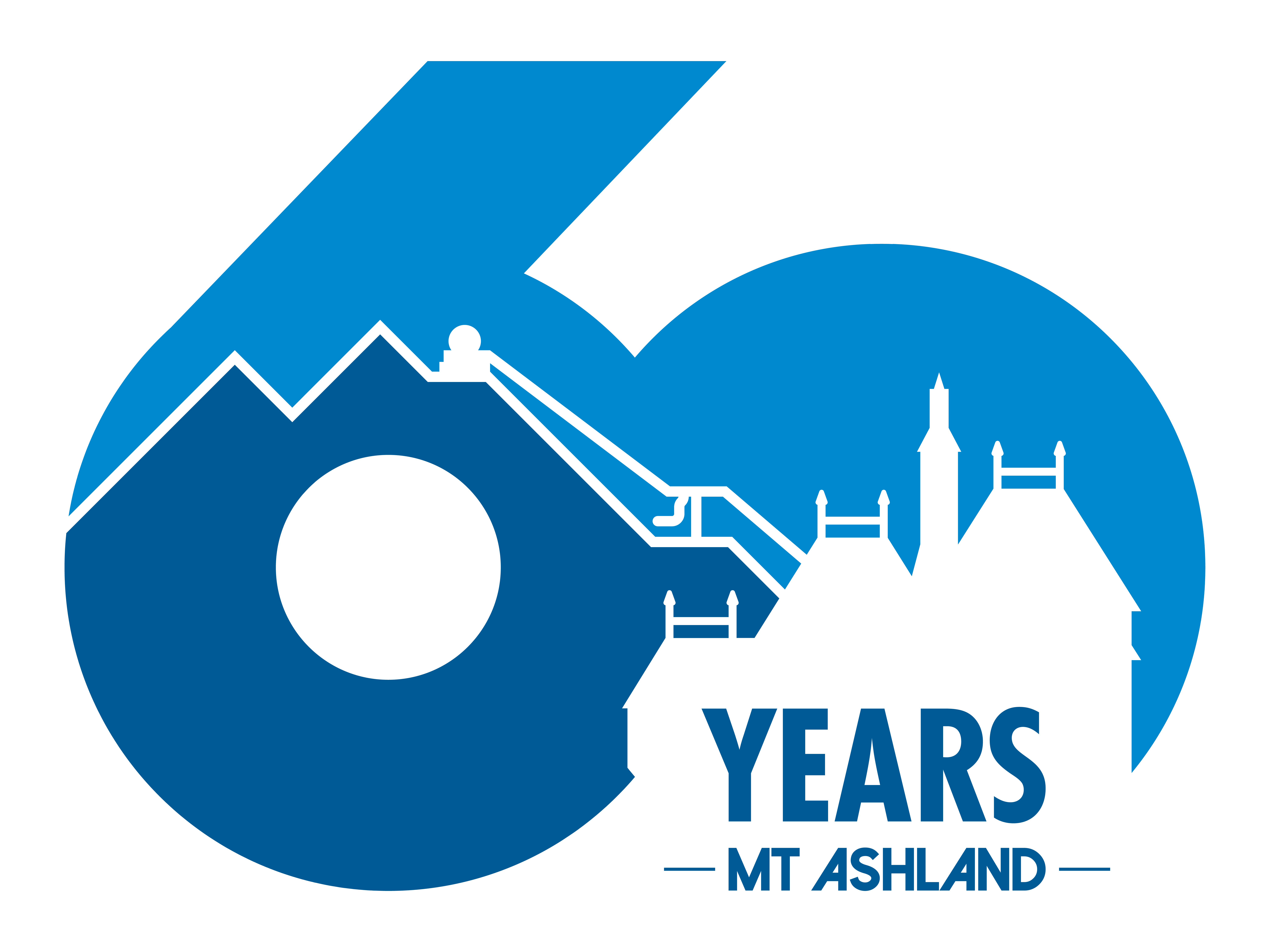Getting Started
Getting Started Skiing & Snowboarding
Skiing and snowboarding are sports that exhilarate the soul. The freedom of sliding down a mountain snowfield is, well, awesome. Skiing is an escape, it’s a chance for you to leave the challenges of daily life behind. You’ll meet new friends. Becoming a skier or snowboarder is more than just learning to glide on snow, it is a lifestyle. You’ll gain new appreciation for the natural environment and for the challenges and thrills that come with a day spent in the mountains.
Check out the videos below for some basic beginning information.
Beginner Guides for Skiing
Beginner Guides for Snowboarding
Here are some more helpful tips and some advice:
Check Out our Beginner Area
Mt. Ashland features a learning area that is completely separate from the rest of our terrain. Learn to ski and snowboard from our beginner First Act magic carpet and the Sonnet chairlift. You will be sharing space with folks just like you. You will want to master your skills there before heading off to experience the rest of the mountain. Our experienced lift operators are there to help you, especially if you are new to snow sports. Don’t be afraid to ask for help. They love helping!
Keep Expectations Low
Learning to ski or snowboard is a lot like learning to swim. You are not going to be ready for the deep end after your first visit. Learning to ski or ride takes time. The good news is, the more you practice, the more fun skiing and snowboarding become.
Make Sure Your Body is Ready
It is always best to begin a fitness program prior to learning to ski or snowboard. On your first day, allow time to stretch, especially in the legs and back. Drink plenty of water so that you arrive in the higher elevation hydrated, which will help your body adjust to the change in climate. Sleep well the night before you travel to the mountain, and eat a nutritious breakfast.
Wear Proper Clothing
Dress in layers. Layering allows you to accommodate your body’s constantly changing temperature. For example, dress in polypropylene underwear (top and bottoms), which feels good next to the skin, dries quickly, absorbs sweat and keeps you warm. Wear a turtleneck, sweater and jacket. Avoid cotton as it tends to make you colder when it gets wet. Bring a headband or hat with you to the slopes, 60 percent of heat-loss is through the head. Wear gloves or mittens (mittens are usually better for those susceptible to cold hands). Bring goggles, sunglasses, or even safety glasses as it is often snowing or sunny. Goggles provide facial warmth as well as improved vision.
Use Caution Getting to the Mountain
The Mt. Ashland access road is plowed and sanded by the Oregon Department of Transportation but there can be plenty of new snow that falls on the road after they have plowed the road. Your vehicle should have winter, or studded tires. Please carry chains in your vehicle, as you may be required to put them on.
What to Bring and Wear
Here is our list of recommended items for you to bring skiing and snowboarding. It’s better to have some extra items than discovering you need them later. Mt. Ashland does have a small retail shop located and
- Hat – there are many fabrics that are wind and water resistant.
- Waterproof gloves or mittens.
- Eyewear – Goggles or at least sunglasses for protection from the sun.
- A water-resistant jacket or parka.
- A base layer. Synthetic materials like polypropylene help to wick moisture away from your skin. Always avoid wearing cotton in the mountains.
- Water-resistant pants.
- Wear only one pair of warm synthetic socks.
- Apply sunscreen with at least SPF 15 and lip balm.
- Grab a Trail Map. They are available around the mountain.
- If you are renting equipment, be sure to bring ID.
- Bring some extra clothes to change into when you’re all done.
- Bring a backpack for extra clothes & supplies. The main lodge has a limited number of day lockers for you to store your backpack.
Consider Taking a Lesson
Learning from a trained professional will save you time, energy and frustration. There are many well-intended friends that will offer to teach you to ski or snowboard, but you will learn more with a trained instructor than you will in 5 trips on your own.
Know the Code
It is every skier and snowboarder’s responsibility to learn and follow the Your Responsibility Code. This code endorsed by the National Ski Area’s Association.
- Always stay in control, and be able to stop or avoid other people or objects.
- People ahead of you have the right of way. It is your responsibility to avoid them.
- You must not stop where you obstruct a trail, or are not visible from above.
- Whenever starting downhill or merging into a trail, look uphill and yield to others.
- Always use devices to help prevent runaway equipment.
- Observe all posted signs and warnings. Keep off closed trails and out of closed areas.
- Prior to using any lift, you must have the knowledge and ability to load, ride and unload safely.
